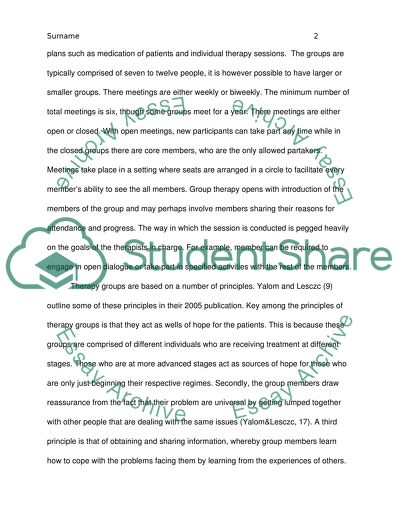Cite this document
(“Primary Concepts of Therapy and Training Groups Essay”, n.d.)
Primary Concepts of Therapy and Training Groups Essay. Retrieved from https://studentshare.org/human-resources/1487379-primary-concepts-of-therapy-and-training-groups
Primary Concepts of Therapy and Training Groups Essay. Retrieved from https://studentshare.org/human-resources/1487379-primary-concepts-of-therapy-and-training-groups
(Primary Concepts of Therapy and Training Groups Essay)
Primary Concepts of Therapy and Training Groups Essay. https://studentshare.org/human-resources/1487379-primary-concepts-of-therapy-and-training-groups.
Primary Concepts of Therapy and Training Groups Essay. https://studentshare.org/human-resources/1487379-primary-concepts-of-therapy-and-training-groups.
“Primary Concepts of Therapy and Training Groups Essay”, n.d. https://studentshare.org/human-resources/1487379-primary-concepts-of-therapy-and-training-groups.


